|
In the midst of mailings and Raise the Region social media posts, a cell phone call came in on the Riverkeeper line with an ongoing major pollution case in the northern section of our vast 11,00o square-mile watershed.
It isn't a new issue, or unfortunately a small one. Sadly, it is a massively large, ongoing topic that we have been researching that is connected to numerous resources. In fact, there are many big topics right now on the front burner, things that are both time-sensitive and far-reaching. Lacking sleep and in desperate need of both vitamin D and a break, I decided it was time to leave the laptop for a few minutes and check on the small vernal pools on the outskirts of Sunbury that we have been monitoring the past couple years.
2 Comments
Tiny invasive mud snails can cause huge impacts on aquatic ecosystem if we don't reduce the spread3/7/2024 Riverkeeper note: This story was written by Middle Susquehanna Riverkeeper John Zaktansky. He can be contacted directly at midsusriver@gmail.com
Several years ago, Middle Susquehanna Riverkeeper West Branch Regional Director Andrew Bechdel noticed signs around Spring Creek about the New Zealand mud snail, and the information piqued his curiosity. “As an amateur naturalist and volunteer, I’ve worked with aquatic invasive species, such as water chestnut, and much of the rhetoric surrounding invasive species is similar – the lack of natural competitors, the quick reproduction, the ability to out-compete the native species around it,” he said. “However, I came across the name of Dr. (Edward) Levri in a Trout Unlimited Spring Creek chapter meeting and began learning more about him and the New Zealand mud snail and I soon realized what an incredible species it is.” Levri did his graduate work at a PhD program at Indiana University-Bloomington, ultimately studying the mud snails in their native New Zealand habitat before taking a position as professor of biology at Penn State. Our steams in winter: A look into the challenges and resilience of our waterways through the season2/27/2024 Riverkeeper's Note: The following column was written by Middle Susquehanna Riverkeeper Association Northern Tier Regional Director Emily Shosh. You can contact her via email at MSRKANorthernTier@gmail.com
Life finds a way. Through trials and tribulations, we adapt and overcome. Many would agree the most captivating examples of this can be found in nature, especially through the winter. Take our streams and rivers for example, from the small trickling mountain springs to the steady flowing rivers that receive them. Each piece of the watershed is home to resilient beings who are dependent upon certain environmental and climate cues to survive. On radio stations across Pennsylvania on Sunday morning, Feb. 25, an interview by Laura LeBeau with Riverkeeper John Zaktansky aired on the popular Commonwealth Beat program.
The two discussed the Riverkeeper's role, the state of the Susquehanna River in general and information about the Songs of the Susquehanna project, encouraging people to provide feedback on this year's 48 original submissions ahead of the Feb. 29 deadline. Check out the interview here: Based on a popular tool by longstanding Montour Preserve Naturalist Jon Beam, this calendar offers a wide variety of dates that people can expect local flora and fauna to be hitting milestones ... such as when certain wildflowers should be blooming, when various animal species may be having their babies or starting their migration.
The goal is to give people dates to enhance their ability to get outdoors and enjoy nature at its richest. "Jon's calendars were very popular because they were so full of information -- dates that came from a lifetime of studying local wildlife and wildflowers and trends and then comparing them to data he found online," said Middle Susquehanna Riverkeeper John Zaktansky. "It is nearly 20 years later, and a lot of has changed for many of these species in their yearly timelines. We incorporated dates from Jon's previous work, updated with links he provided as well as other updated resources we found. These calendars are pretty cool and a great gift for anyone who appreciates nature and the outdoors. You can't find anything like them anywhere else, and they benefit a great cause." Louisiana Waterthrush encounter offers reminder of how citizen science can help crucial species2/21/2024 Riverkeeper's Note: The following column was written by Middle Susquehanna Riverkeeper Association West Branch Regional Director Andrew Bechdel. You can contact him via email at MSRKAWestBranch@gmail.com
Bright wildflower blossoms of spring beauties and purple trilliums speckled the forest floor while the sound of Halls Run trickled beside me as I trekked deep into the woods of the Sproul State Forest one chilly spring morning just a few miles south of the West Branch of the Susquehanna River. Suddenly, a small bird began singing a sweet song from a branch above the creek. The song, a complex composition of three sweet whistles followed by a series of fun jumbled notes, was the bird’s mating call and its proclamation of its right to the streamside territory. It was the song of the Louisiana Waterthrush. Riverkeeper's Note: This is one of two overview stories from the Feb. 10 Environmental Education Expo. You can check out the other one with additional voices and perspectives here.
While Rodney Stahl, of Mifflinburg, his wife and two kids – ages nine and five – had never been to the Montour Preserve before the Environmental Education Expo held on Saturday, Feb. 10, 2024, he admits they will definitely be back. “My family didn’t realize the facilities and outdoor options the Montour Preserve offers until we came for the expo, and we are excited to get back soon and check out more, including the hiking trails,” he said. “When you consider how many of our small towns have had to close things like their bowling alleys and town pools, it’s very important to have constructive activities. If they’re entertaining while also educational, that’s a win-win.” That was the goal behind the Environmental Education Expo, hosted by the Vernal School Environmental Education Partnership – a coalition of local associations, agencies and groups committed to revitalizing programs and resources at the Montour Preserve to better support the efforts of the Montour Area Recreation Commission, which has managed the 640-acre nature preserve since 2015. Middle Susquehanna Riverkeeper Assoc. seeks new part-time Regional Director for upper North Branch2/6/2024 In an effort to better represent the issues of a large, diverse watershed, the Middle Susquehanna Riverkeeper Association is looking to hire a part-time Regional Director to help oversee the upper North Branch section of the river basin.
"We cover an 11,000 square-mile watershed and that can be daunting, and we want to do a better job of representing the diverse number of issues and topics across the region," said Riverkeeper John Zaktansky. "We are looking for someone who is well plugged into the local communities, someone who is a good listener and networking bridge-builder, who is able to help connect us to the best resources so we can represent the region well and best achieve our mission to protect and promote the river, its tributaries, the aquatic ecosystems and the clean-water resources we all need for survival." Andrew Bechdel has been hired by the Middle Susquehanna Riverkeeper Association as a part-time Regional Director for the West Branch region of the watershed.
“We cover an 11,000-square-mile watershed and to better represent communities in different regions of that area, we are excited to be able to hire people like Andrew to help us expand our efforts and to amplify the voice of the people and the needs of the river basin,” said Riverkeeper John Zaktansky. “Andrew has a passion for the outdoors, an enthusiasm to educate and engage people and we are excited about him helping both us and the local communities raise an awareness and truly make a difference in both protecting and promoting our clean-water resources.” Emily Shosh, of Coudersport, was recently hired by the Middle Susquehanna Riverkeeper Association as a new part-time Regional Director for the Northern Tier area of the watershed.
“The role was developed as a way to create better connection with the region as we intentionally look to represent the specific needs of these vital headwaters areas that feed the Susquehanna’s river basin,” said Middle Susquehanna Riverkeeper John Zaktansky. “Emily’s track record in the region is impressive and she is truly dedicated to protecting and promoting our natural resources. She is driven and independent and going to be a real asset for our association, but more importantly, the people of the Northern Tier area as we work together to make a difference in this corner of the watershed.” |
AuthorsRiverkeeper John Zaktansky is an award-winning journalist and avid promoter of the outdoors who loves camping, kayaking, fishing and hunting with the family. Archives
April 2024
Topics |
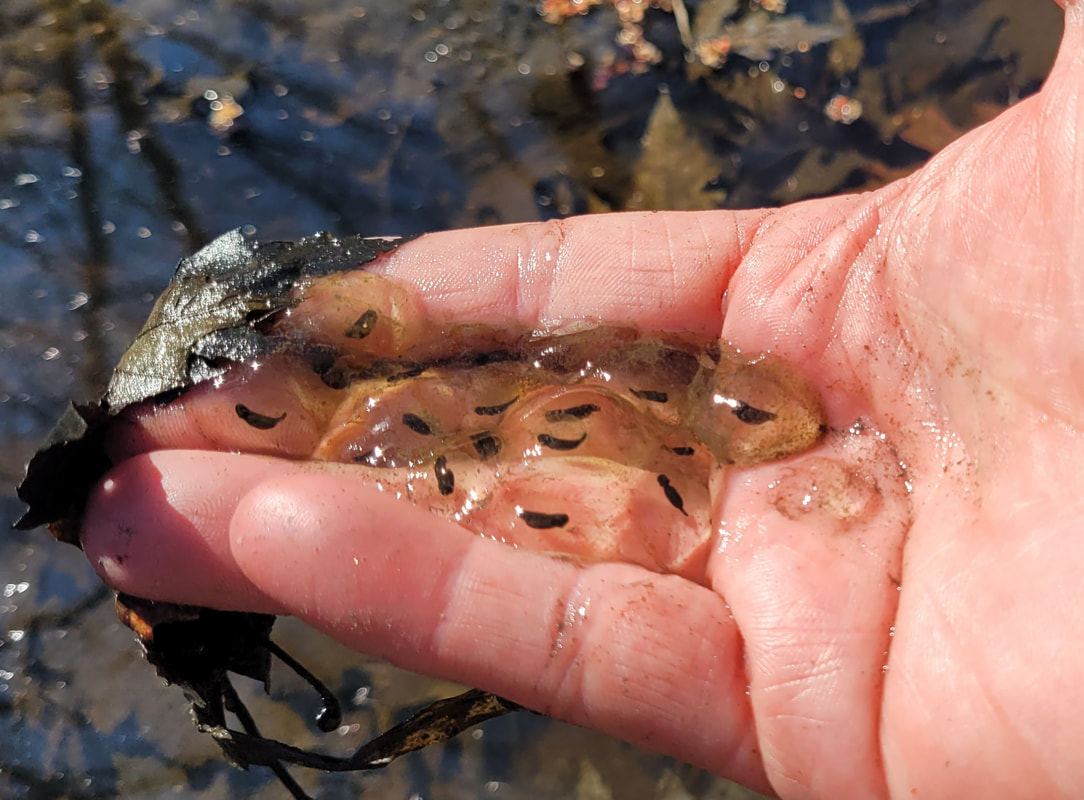
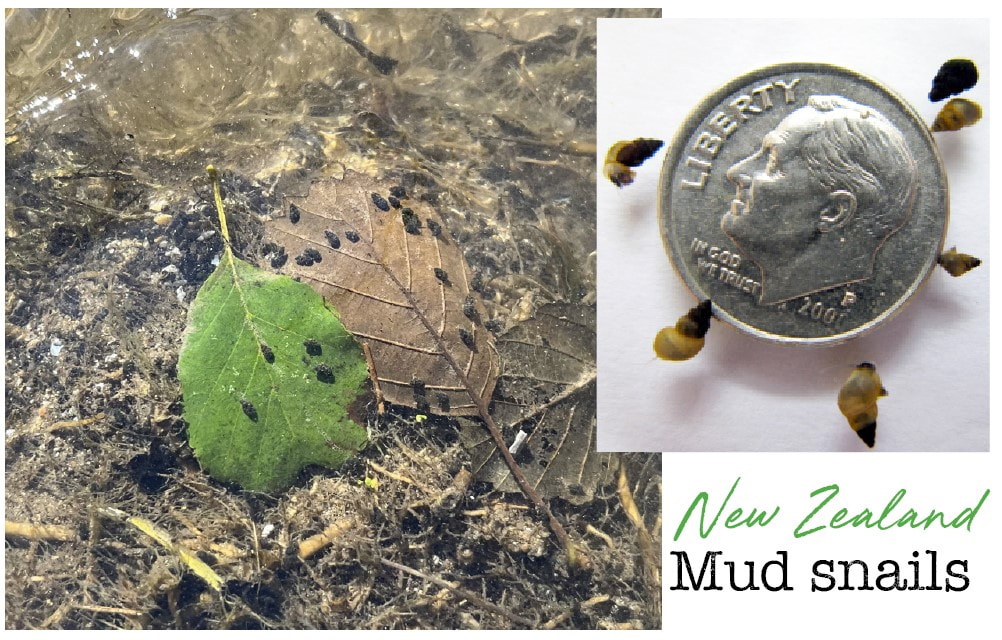
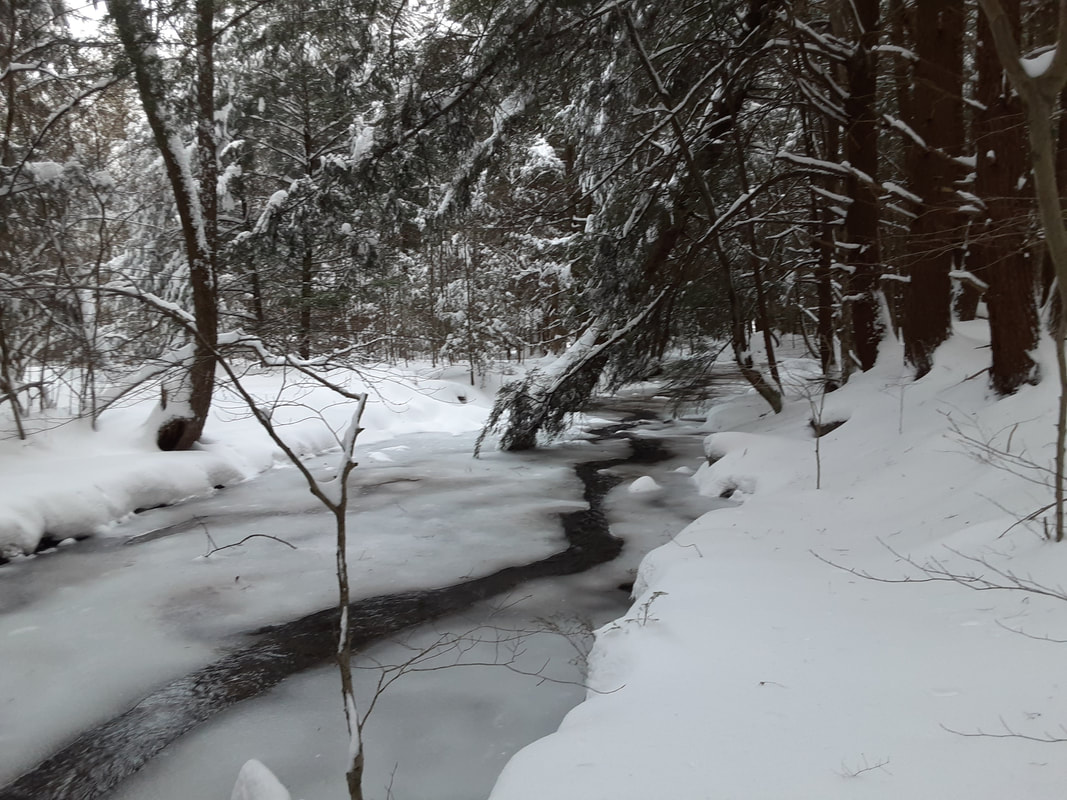

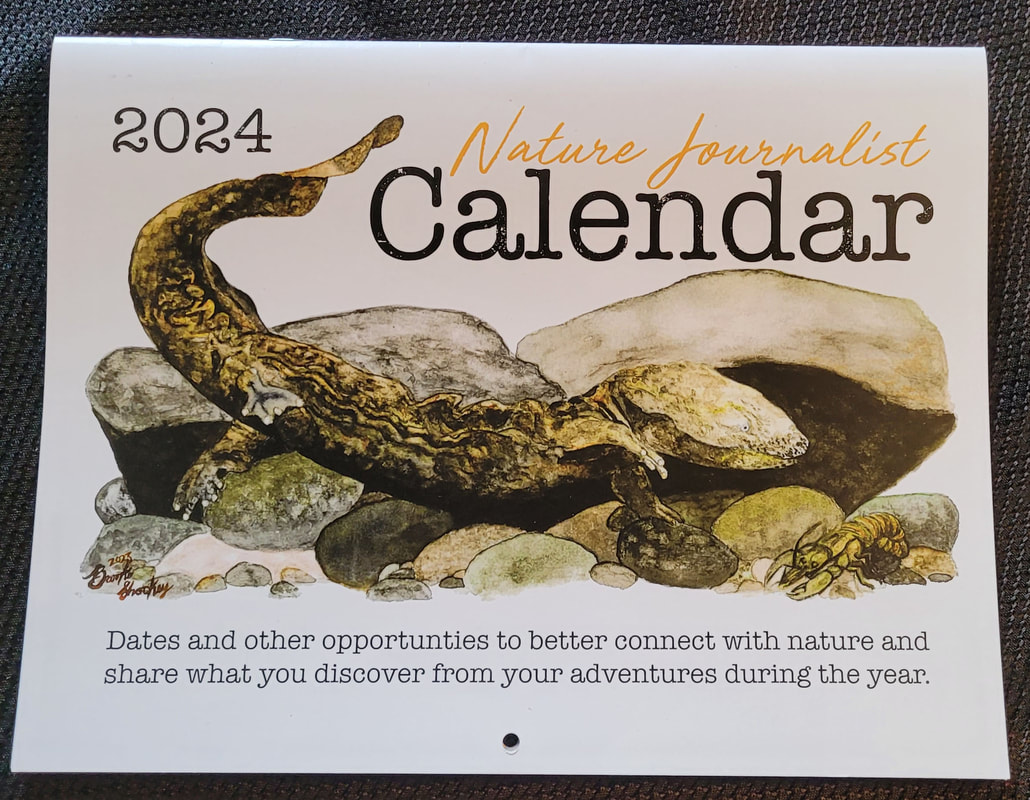
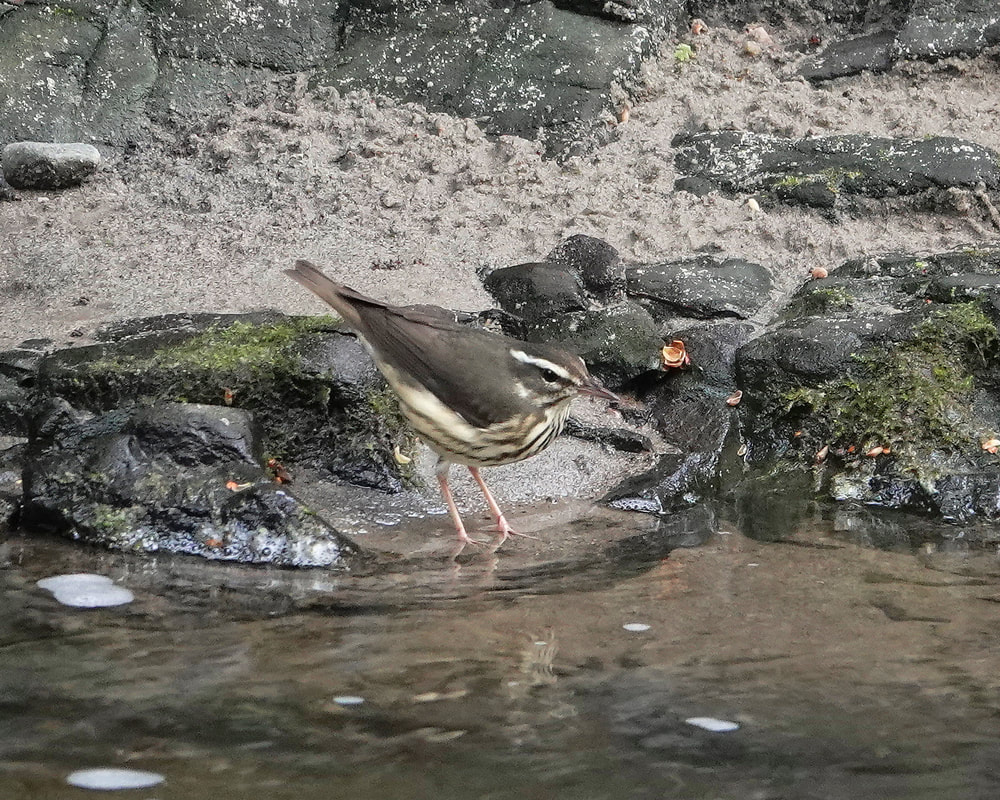

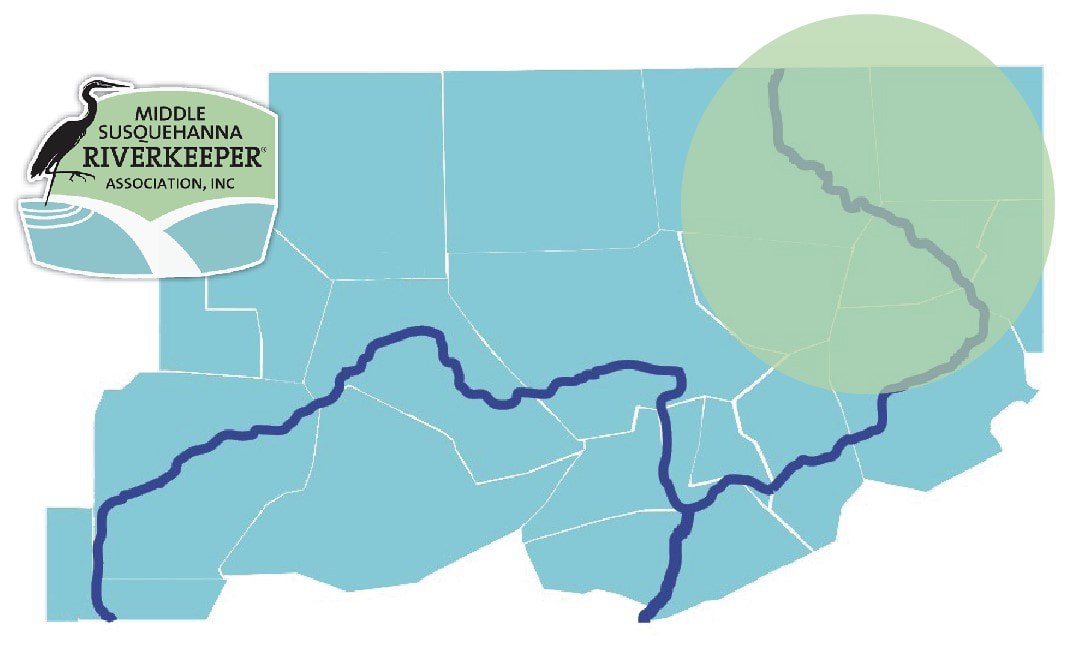
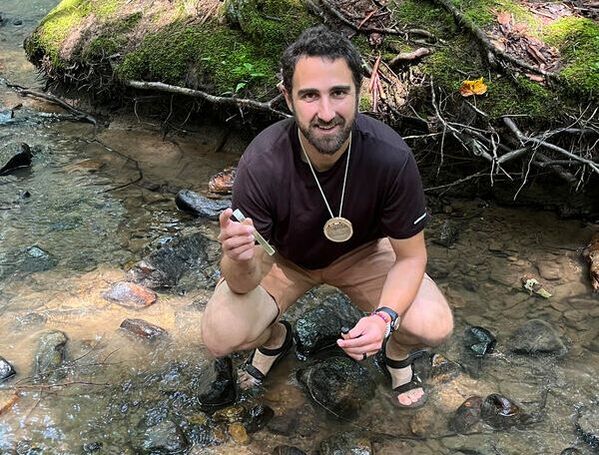
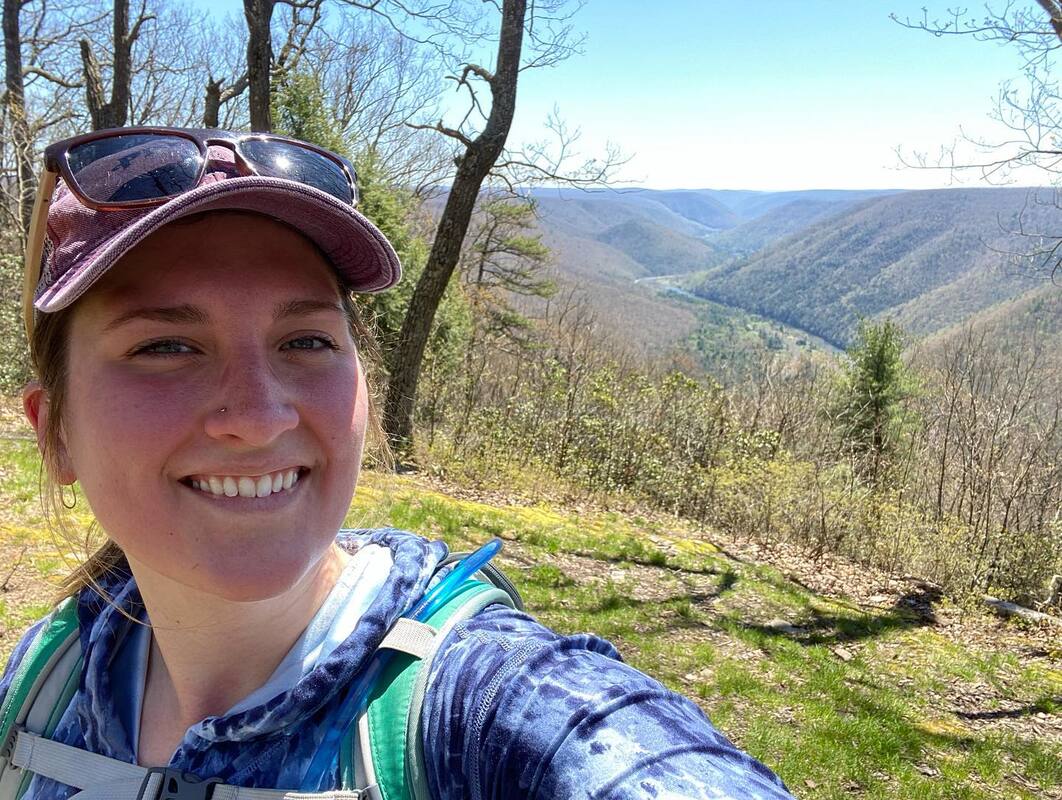
 RSS Feed
RSS Feed